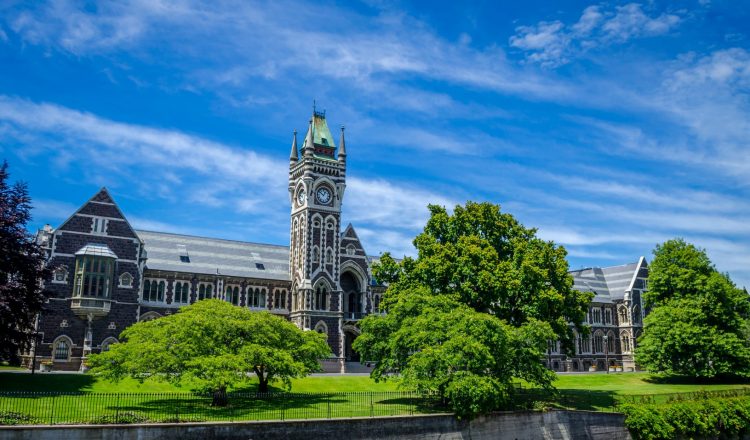了解国家教育成就证书 (NCEA)
新西兰的国家教育成就证书(NCEA)是高中学生的国家资格。
NCEA 向所有学习领域的所有能力的学生提出挑战,并为单独的技能和知识显示学分和成绩。它使学生能够从传统的学校课程领域和替代课程中获得学分。
NCEA 和其他国家证书得到雇主的认可,并作为大学和理工学院选择的基准。NCEA 也很容易被海外(包括大学)接受。
NCEA 的工作原理:
- 每年,学生都会学习许多课程或科目。
- 在每个科目中,技能和知识都根据许多 “标准” 进行评估。例如,数学标准可以是:在解决问题时应用数字推理。
- 学校使用一系列内部和外部评估来衡量学生达到这些标准的程度。
- 当学生达到标准时,他们将获得许多学分。学生必须获得一定数量的学分才能获得 NCEA 证书。
- NCEA 证书有三个级别,具体取决于所达到的标准的难度。一般来说,学生在学校学习 11 至 13 年级的 1 至 3 级。
- 学生通过获得优异的 NCEA 或获得卓越的 NCEA,在每个级别都获得了高成就的认可。课程中的高成就也得到认可
什么是标准?
评估标准目录 (DAS) 中的标准处于指定级别。每个标准都描述了学生为了达到标准需要了解的内容或他们必须能够实现的目标。达到这一点后,他们将获得国家资格的学分。学生可以达到两种类型的标准-单位标准和成绩标准。
- 单位标准以能力为基础
- 成绩标准以新西兰课程为基础
一些标准在年内由教师进行内部评估。其他标准由 NZQA 在年底对外进行评估,例如在考试或工作组合中进行评估。
内部评估用于评估无法在考试中测试的技能和知识,例如演讲、研究项目和表现。
大多数外部评估是在年底通过审查进行的。对于某些科目,例如科技或视觉艺术,学生在年底提交他们的作品组合。
NCEA 的水平是多少
NCEA 证书有三个级别,具体取决于所达到的标准的难度。在每个级别,学生必须获得一定数量的学分才能获得 NCEA 证书。积分可以获得一年以上。
在一个级别获得的积分可用于(或计入)多个证书。它们也可能被用于其他资格。例如,“通用计算” 领域中的单位标准可用于 2 级 NCEA 证书,以及国家计算证书(2 级);或者在 1 级获得的 20 个积分也可以计入 2 级 NCEA 证书。
许多学校允许学生根据自己的能力在不同级别学习各种标准的组合。例如,在 12 年级,学生可能在 2 级学习大多数科目,但在第 1 级添加新科目,在第 3 级添加另一门高级科目。此外,学生可以学习多级课程,其标准在不止一级评估,例如,11 年级的英语课程可能包含 1 级和 2 级标准。
什么是背书?
当学生的表现始终超过 “已达到” 水平时,他们的成绩可以被 “认可” 以反映这一高成就。这可能发生在证书或单个课程级别。

















































